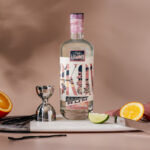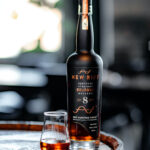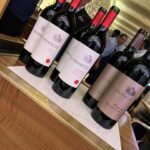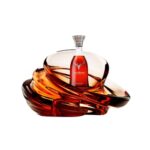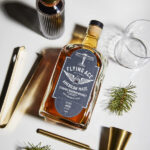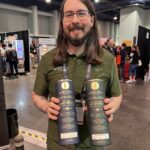Co-hosting the First Wine Event, in Santa Clarita’s First Winemaking Facility
Even though my actual career is writing about wine and spirits and consulting for wine based businesses and events, it seems that I’ve been organizing and hosting a lot more charity wine events than usual.And there is always one winery that has supported all of the non-profit events when asked by me, or by others:…
